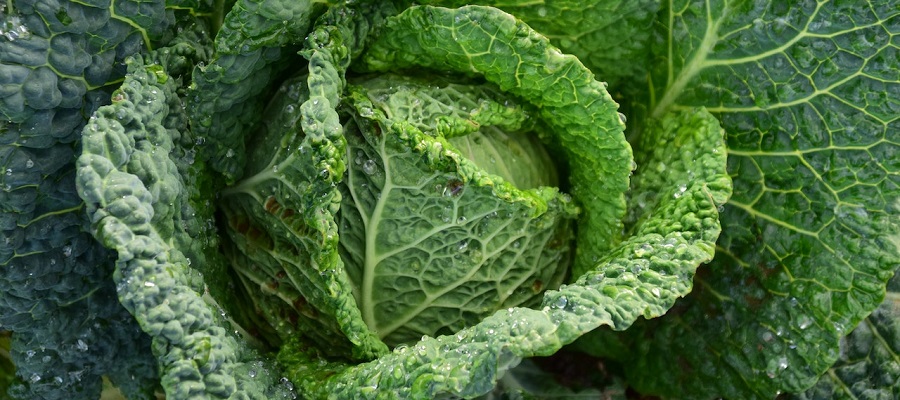Introduction
Cabbage is a leafy green or purple vegetable that belongs to the Brassica family. It is a versatile vegetable that can be eaten raw or cooked and is used in a variety of dishes around the world. Cabbage is also packed with nutrients and has numerous health benefits.
History and Origin of Cabbage
Cabbage has been cultivated for thousands of years and is believed to have originated in the Mediterranean region. It was a popular vegetable in ancient Rome and Greece and was brought to Europe by the Celts. Cabbage was also a staple food in China and was introduced to Japan in the 8th century.
Types of Cabbage
There are several types of cabbage, including green cabbage, red cabbage, savoy cabbage, and Napa cabbage. Green cabbage is the most common type and is used in dishes like coleslaw and sauerkraut. Red cabbage has a slightly sweeter taste and is often used in salads. Savoy cabbage has crinkly leaves and is used in soups and stews. Napa cabbage is a Chinese cabbage that is used in stir-fries and salads.
Nutritional Benefits of Cabbage
Cabbage is low in calories and high in fiber, making it a great food for weight loss. It is also packed with vitamins and minerals, including vitamin C, vitamin K, vitamin B6, folate, calcium, and potassium. Cabbage is also a good source of antioxidants, which can help protect against cancer and other diseases.
Health Benefits of Cabbage
Cabbage has numerous health benefits, including reducing inflammation, improving digestion, and boosting the immune system. It is also believed to have anti-cancer properties and may help prevent certain types of cancer, including colon, breast, and lung cancer.
Cooking with Cabbage
Cabbage is a versatile vegetable that can be eaten raw or cooked. Here are some ways to cook with cabbage:
Raw Cabbage
Raw cabbage can be used in salads or as a topping for tacos and sandwiches. It can also be fermented to make sauerkraut or kimchi.
Cooked Cabbage
Cooked cabbage can be boiled, steamed, or roasted. It can be served as a side dish or used in casseroles and stir-fries.
Cabbage in Soups and Stews
Cabbage is a great addition to soups and stews. It adds flavor and texture and is a great way to add more vegetables to your diet.
Cabbage in Salads
Cabbage can be used in a variety of salads, including coleslaw and Asian-inspired salads. It adds crunch and flavor and is a great way to add more vegetables to your diet.
Cabbage in Fermented Foods
Cabbage can be fermented to make sauerkraut, kimchi, and other fermented foods. Fermented cabbage is packed with probiotics, which can help improve digestion and boost the immune system.
Buying and Storing Cabbage
Choosing the Right Cabbage
When buying cabbage, look for heads that are firm and heavy for their size. The leaves should be tightly packed and free from blemishes and insect damage. Choose the type of cabbage that best suits your needs and the dish you plan to make.
Storing Cabbage
Cabbage can be stored in the refrigerator for up to two weeks. Keep it in a plastic bag or wrap it in plastic wrap to prevent moisture loss. Once cut, cabbage should be used within a few days.
Conclusion
Cabbage is a nutritious and versatile vegetable that can be used in a variety of dishes. It is packed with vitamins and minerals and has numerous health benefits. Whether you eat it raw or cooked, cabbage is a great addition to any diet.


